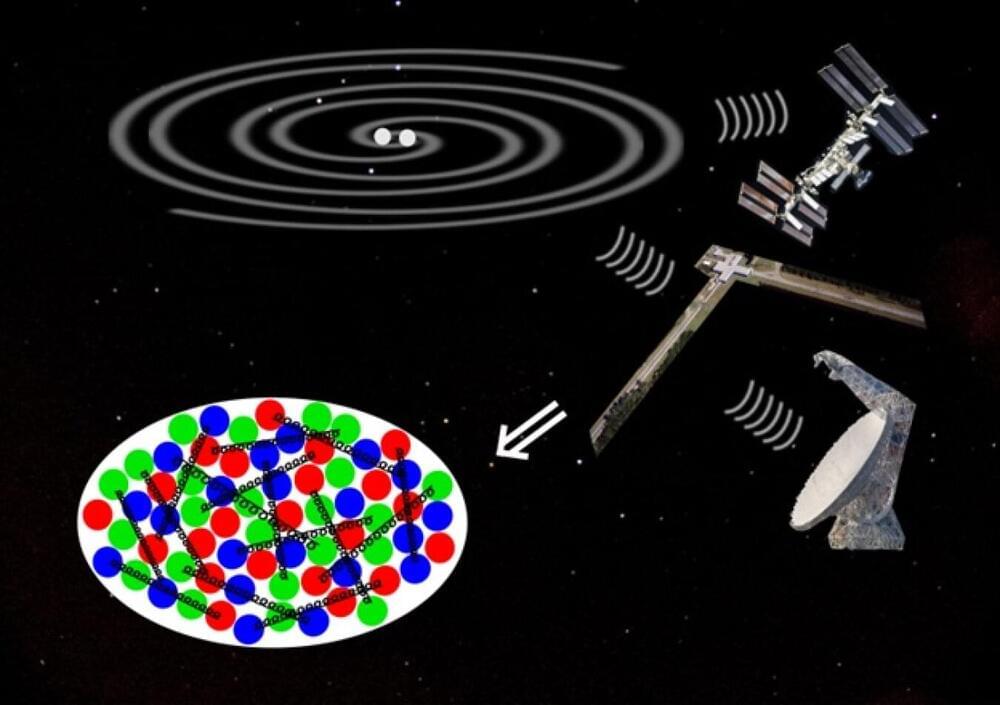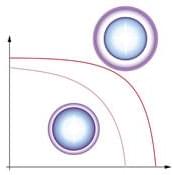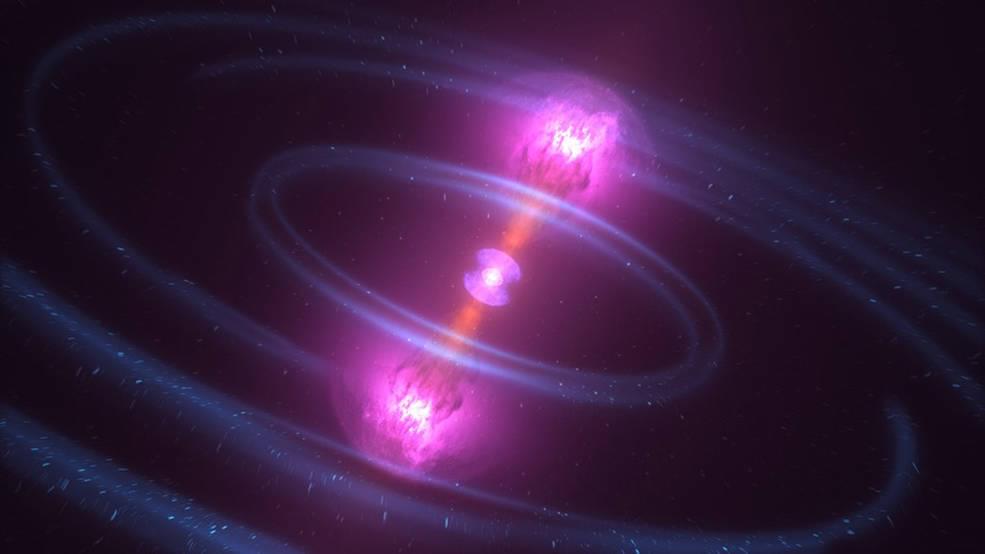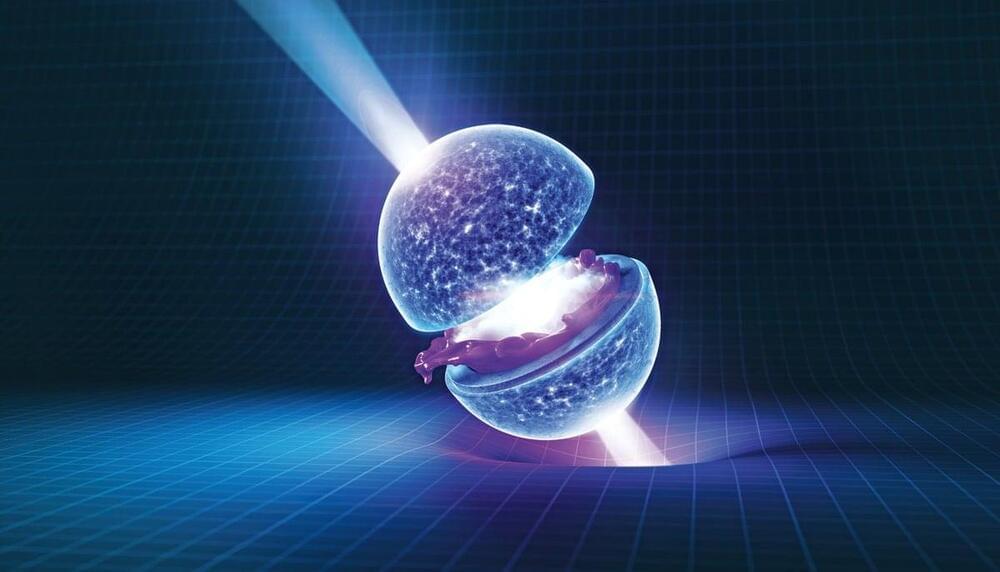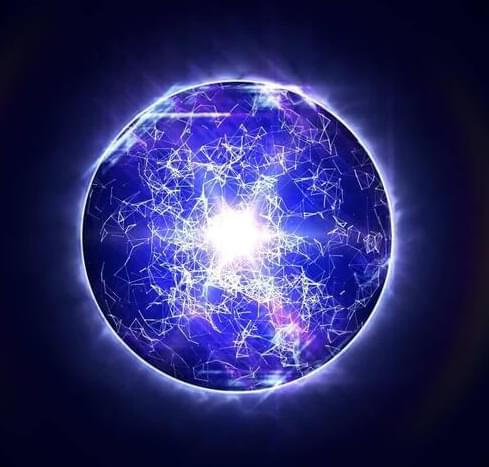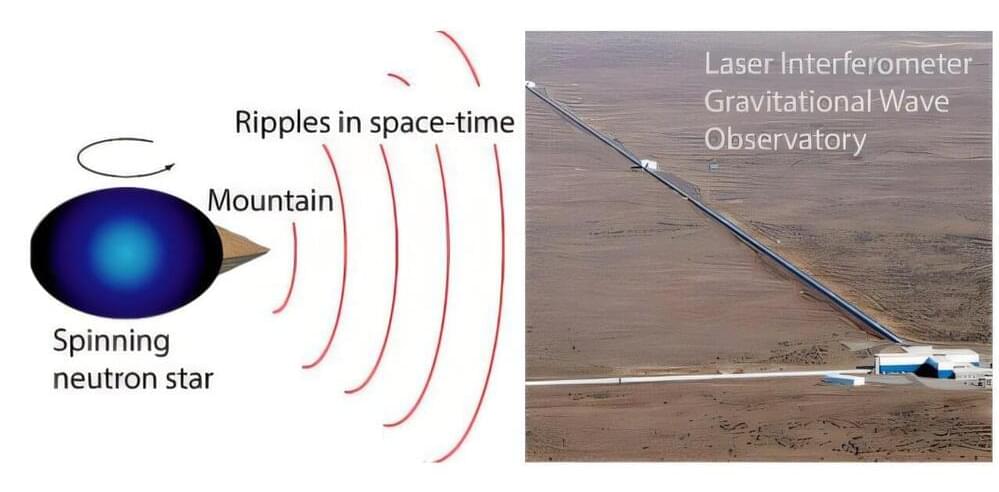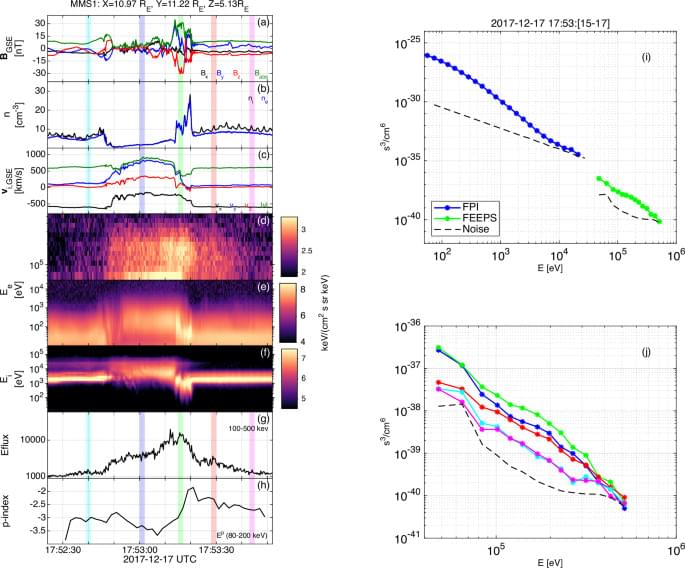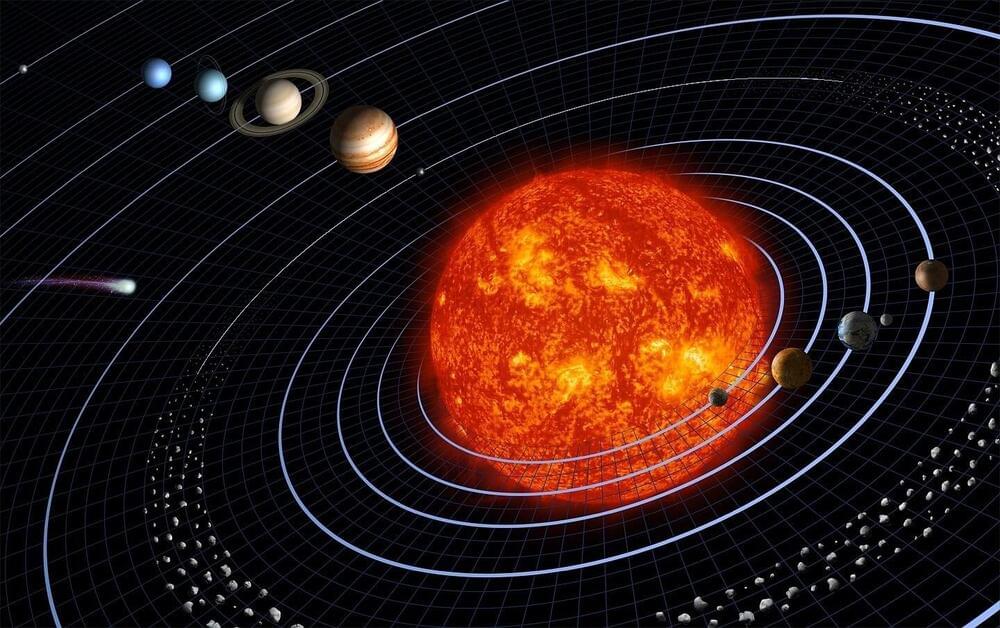At extremely high densities, quarks are expected to form pairs, as electrons do in a superconductor. This high-density quark behavior is called color superconductivity. The strength of pairing inside a color superconductor is difficult to calculate, but scientists have long known the strength’s relationship to the pressure of dense matter. Measuring the size of neutron stars and how they deform during mergers tells us their pressure and confirms that neutron stars are indeed the densest visible matter in the universe.
In a recent study, researchers used neutron star observations to infer the properties of quark matter at even higher densities where it is certain to be a color superconductor. This yields the first empirical upper bound on the strength of color superconducting pairing.
The work is published in the journal Physical Review Letters.
